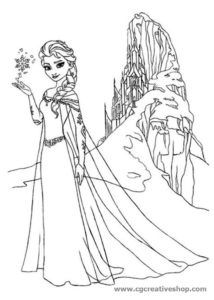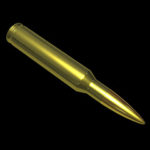Pope Benedict XVI (Latin: Benedictus XVI; born Joseph Aloisius Ratzinger; German pronunciation: was pope of the Catholic Church, having served from 2005 until his resignation in 2013. Benedict was elected on 19 April 2005 in a papal conclave following the death of Pope John Paul II and was inaugurated on 24 April 2005. Ordained as a priest in 1951 in his native Bavaria, Ratzinger established himself as a highly regarded university theologian by the late 1950s and was appointed a full professor in 1958.
After a long career as an academic, serving as a professor of theology at several German universities he was appointed Archbishop of Munich and Freising and cardinal by Pope Paul VI in 1977, an unusual promotion for someone with little pastoral experience. In 1981, he settled in Rome when he became Prefect of the Congregation for the Doctrine of the Faith, one of the most important dicasteries of the Roman Curia. From 2002 until his election as pope, he was also Dean of the College of Cardinals, and as such, the primus inter pares among the cardinals. Prior to becoming pope, he was “a major figure on the Vatican stage for a quarter of a century”; he had an influence “second to none when it came to setting church priorities and directions” as one of John Paul II’s closest confidants. He was originally a liberal theologian, but adopted conservative views after 1968. His prolific writings defend traditional Catholic doctrine and values. During his papacy, Benedict XVI advocated a return to fundamental Christian values to counter the increased secularisation of many Western countries. He views relativism’s denial of objective truth, and the denial of moral truths in particular, as the central problem of the 21st century. He taught the importance of both the Catholic Church and an understanding of God’s redemptive love.[5] Pope Benedict also revived a number of traditions, including elevating the Tridentine Mass to a more prominent position. He renewed the relationship between the Catholic Church and art, promoted the use of Latin, and reintroduced traditional papal garments, for which reason he was called “the pope of aesthetics”. He has been described as “the main intellectual force in the Church” since the mid-1980s. On 11 February 2013, Benedict announced his resignation in a speech in Latin before the cardinals, citing a “lack of strength of mind and body” due to his advanced age. His resignation became effective on 28 February 2013. He is the first pope to resign since Pope Gregory XII in 1415, and the first to do so on his own initiative since Pope Celestine V in 1294. As pope emeritus, Benedict retains the style of His Holiness, and the title of Pope, and continues to dress in the papal colour of white. He was succeeded by Pope Francis on 13 March 2013, and he moved into the newly renovated Mater Ecclesiae monastery for his retirement on 2 May 2013.
{product_snapshot:id=79}

















